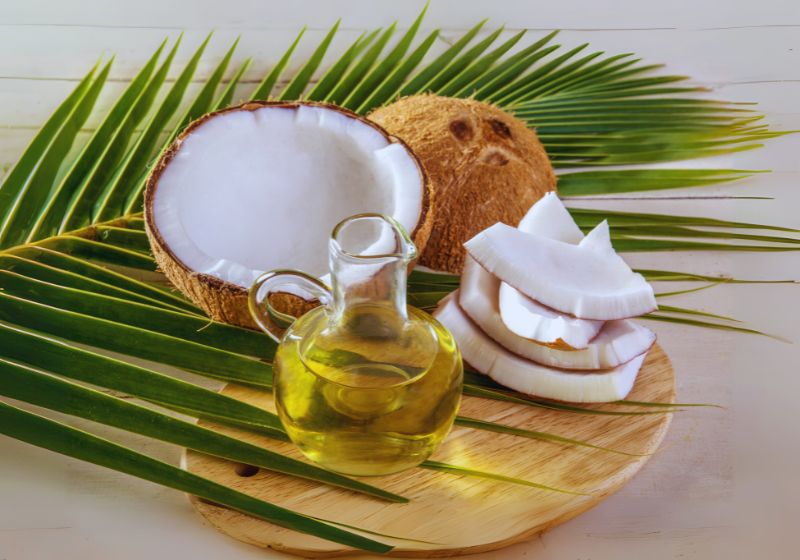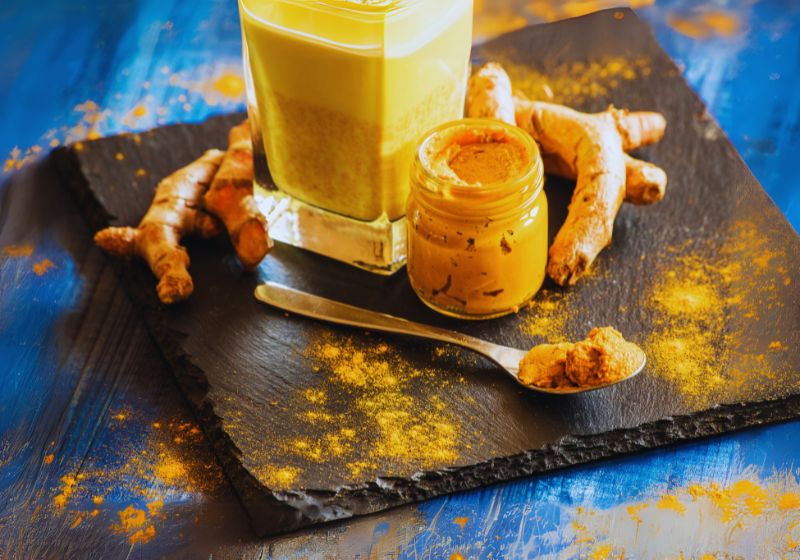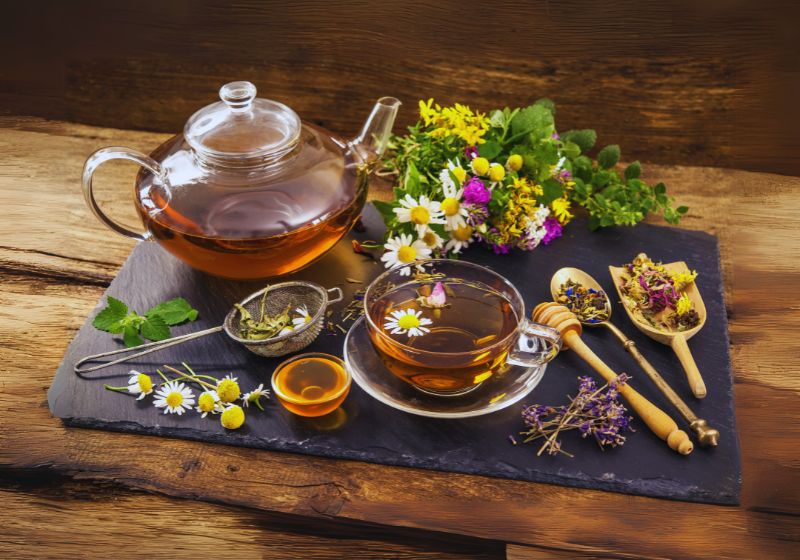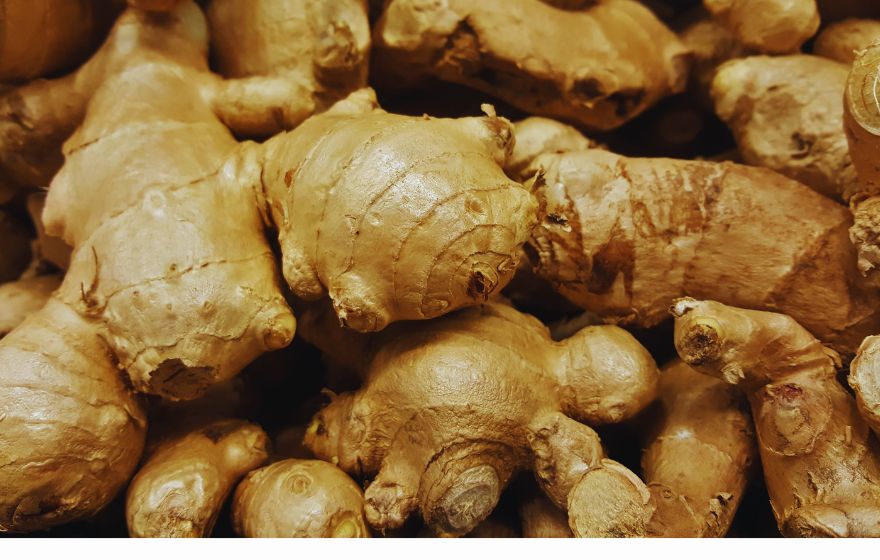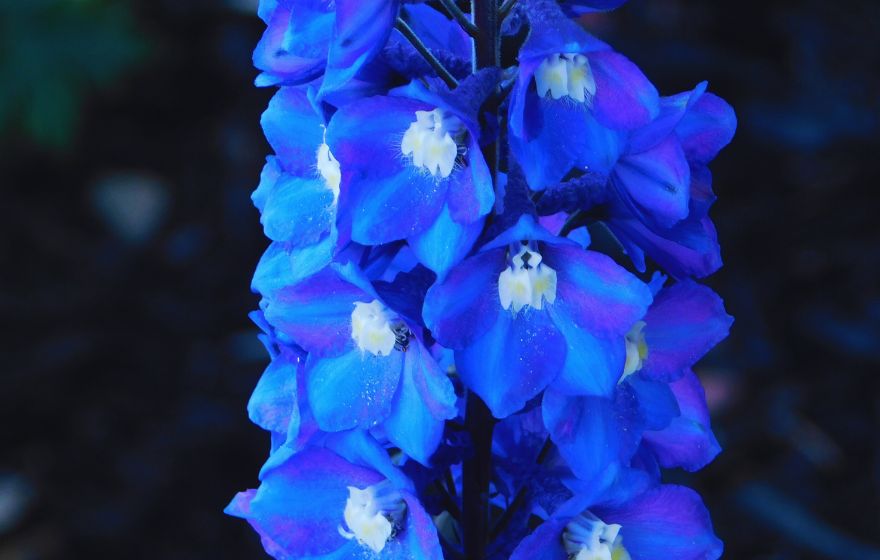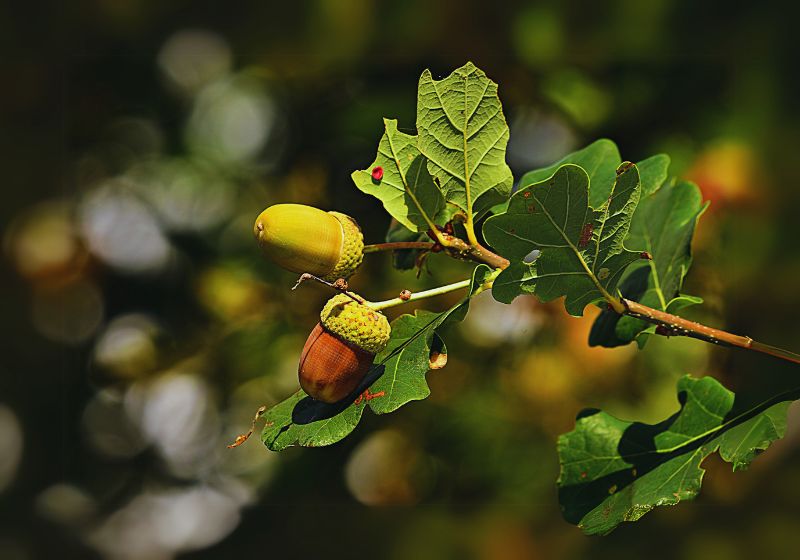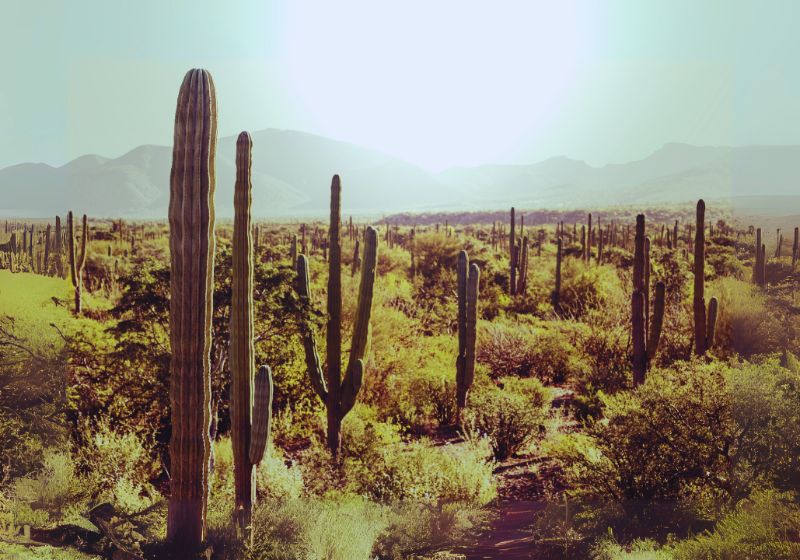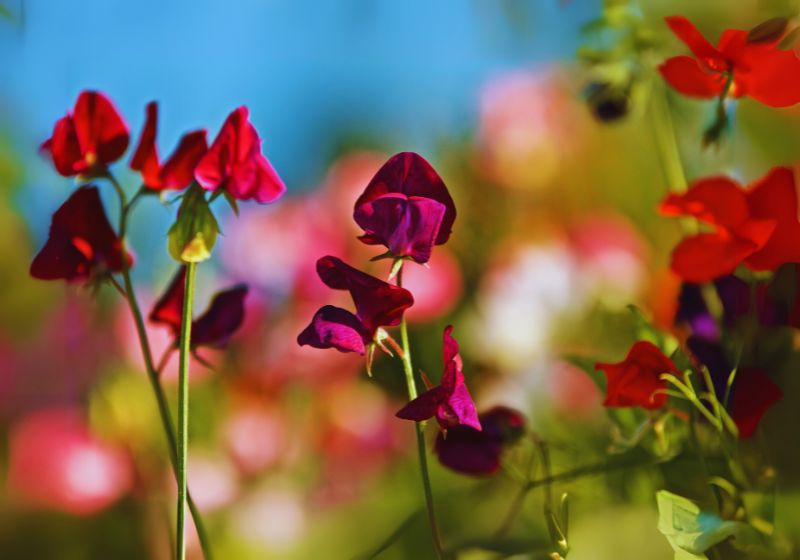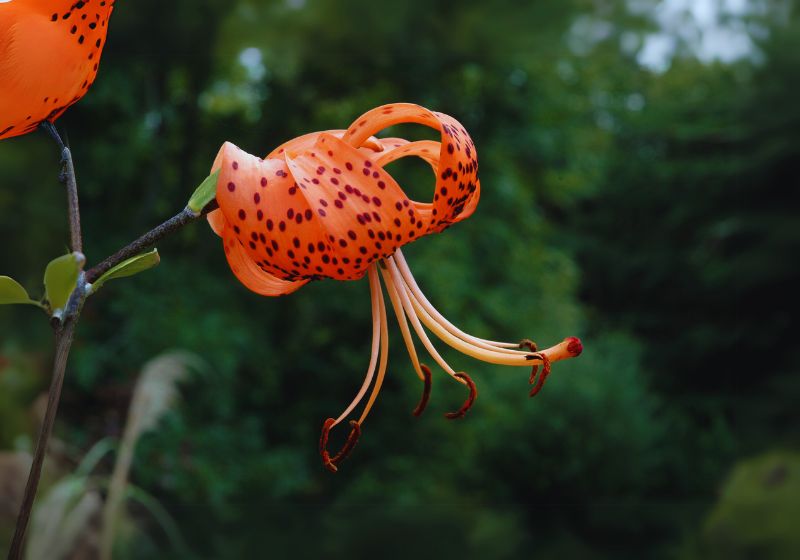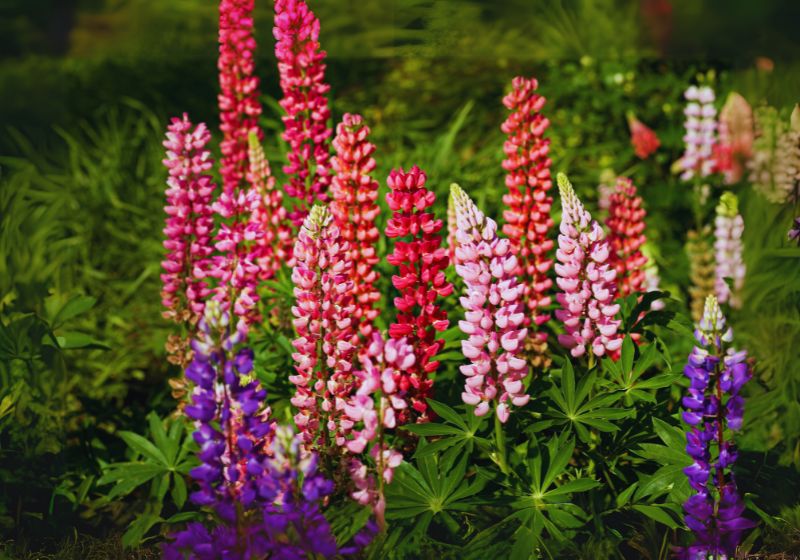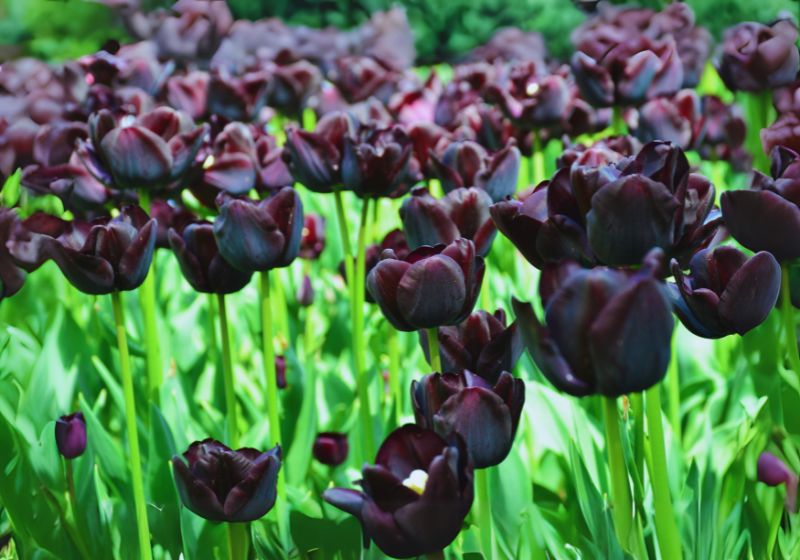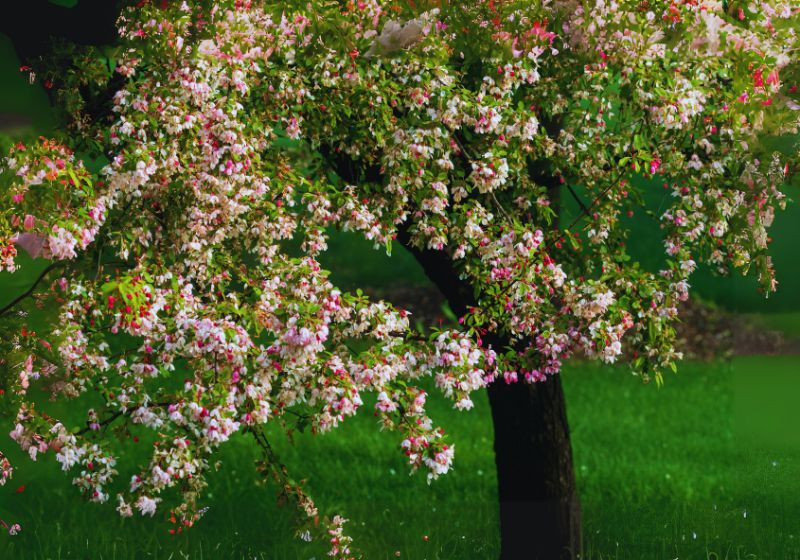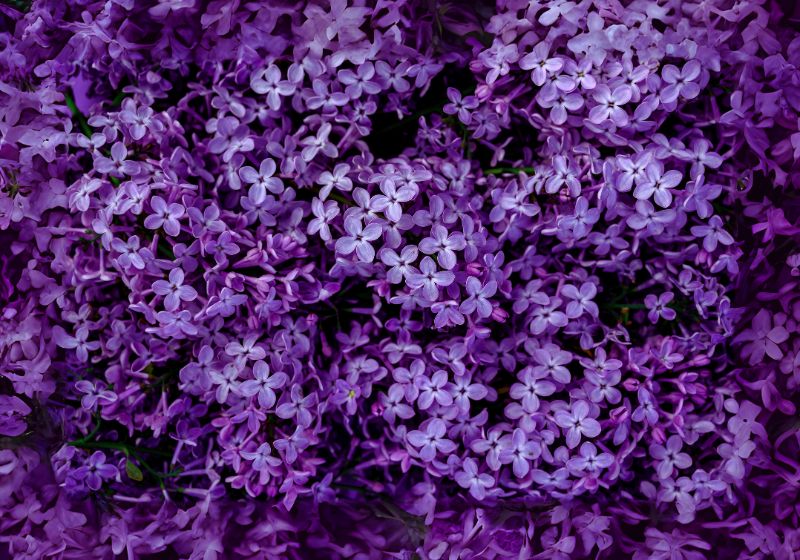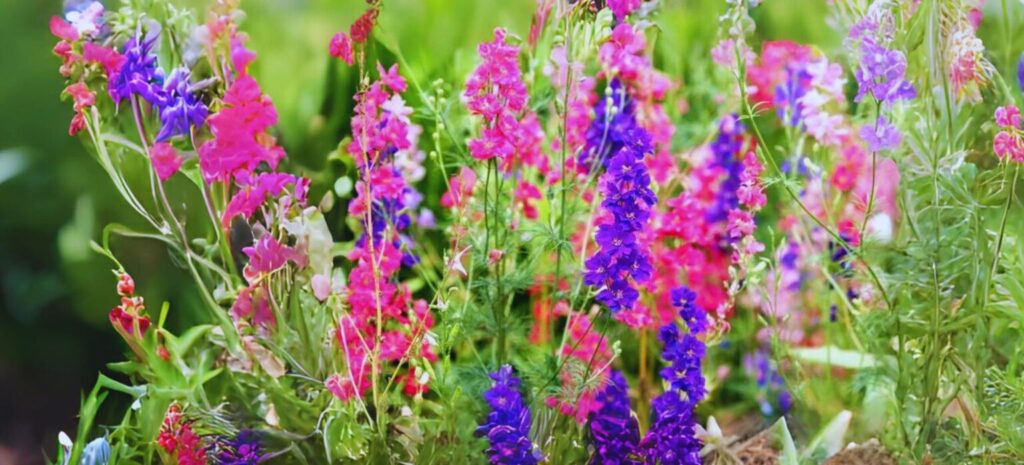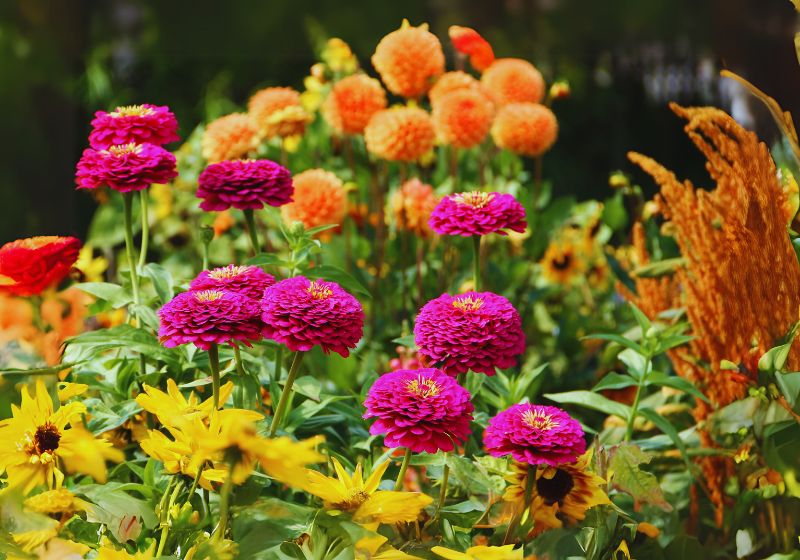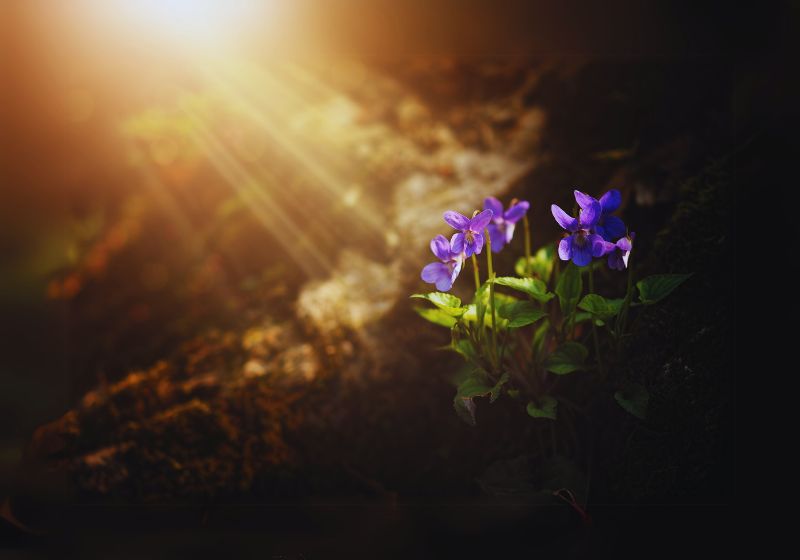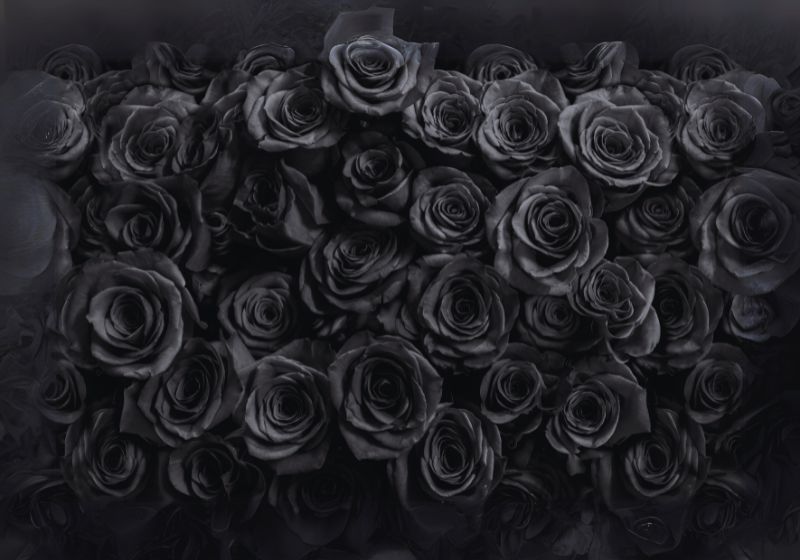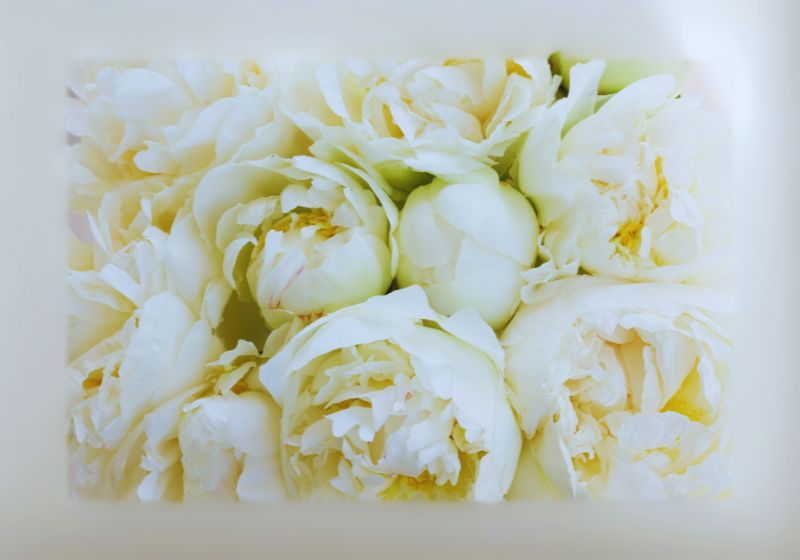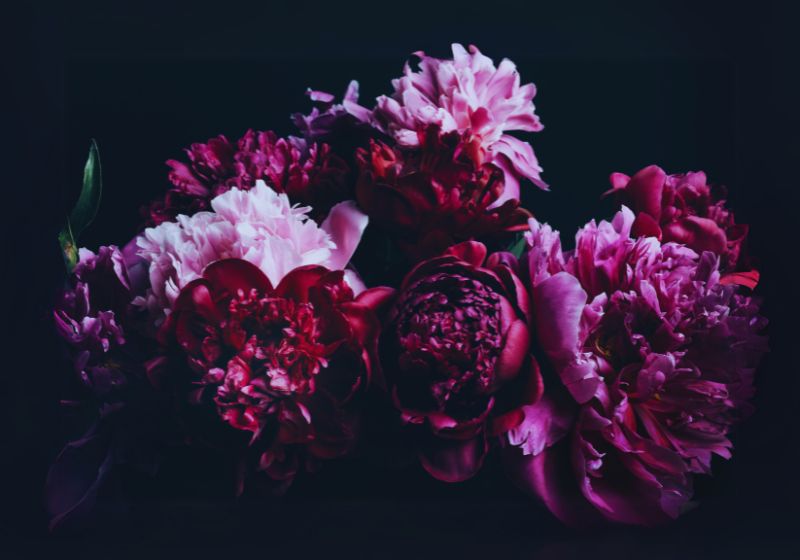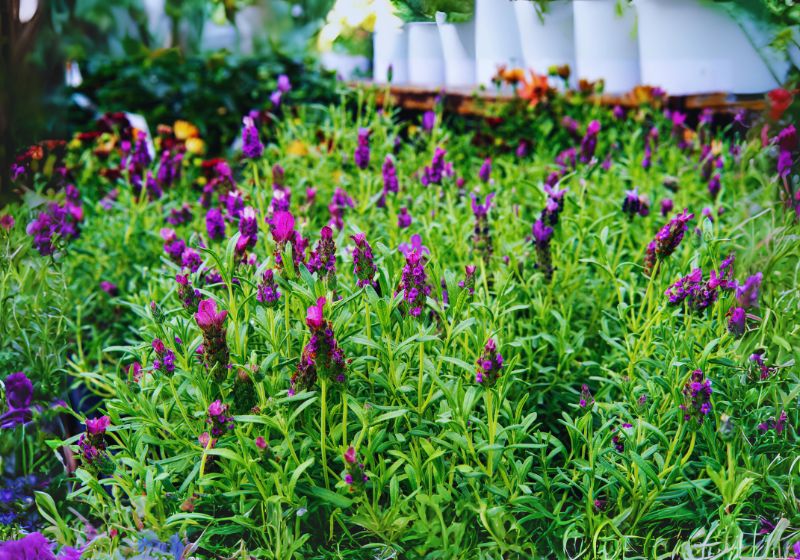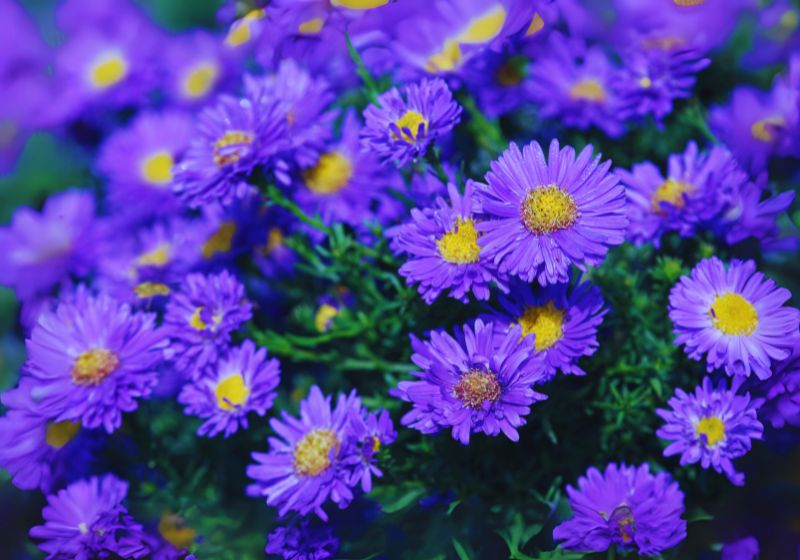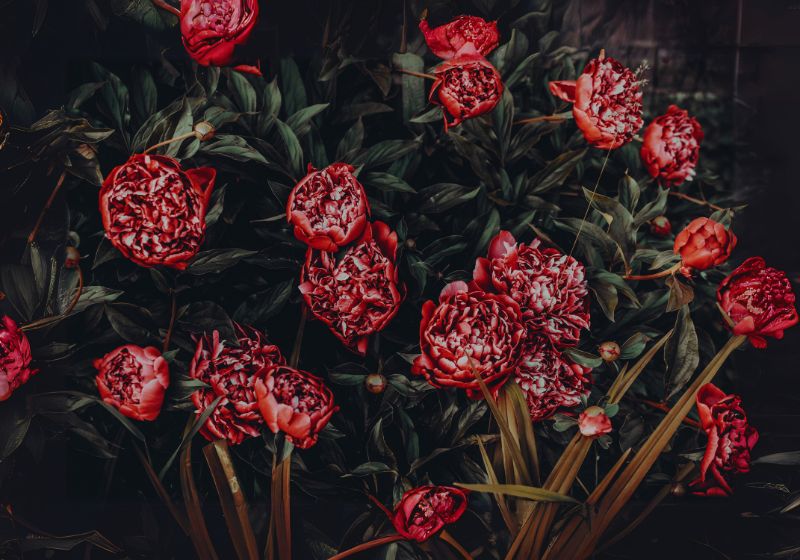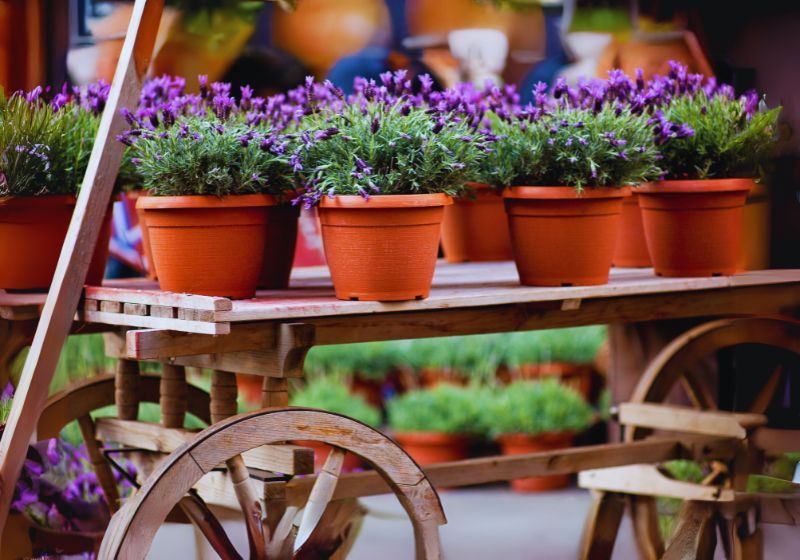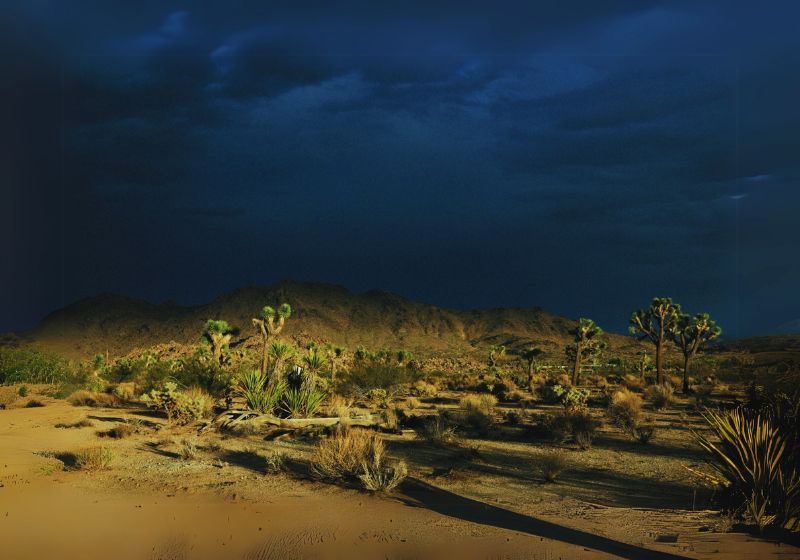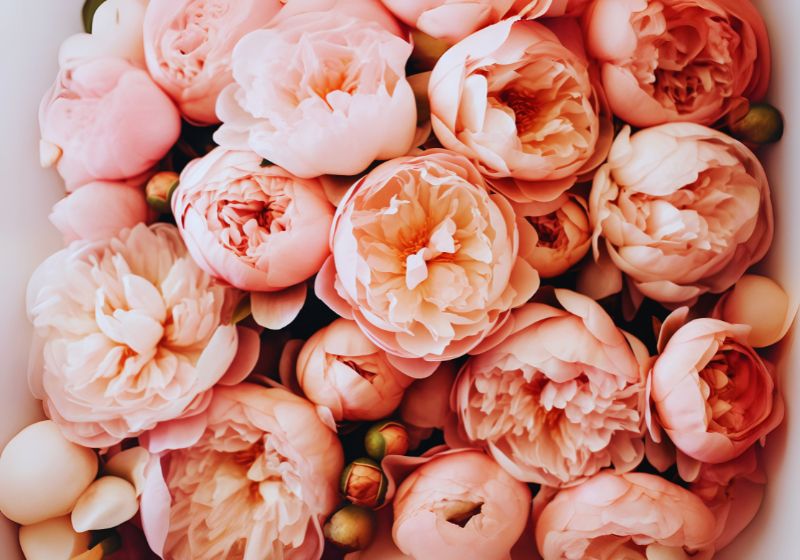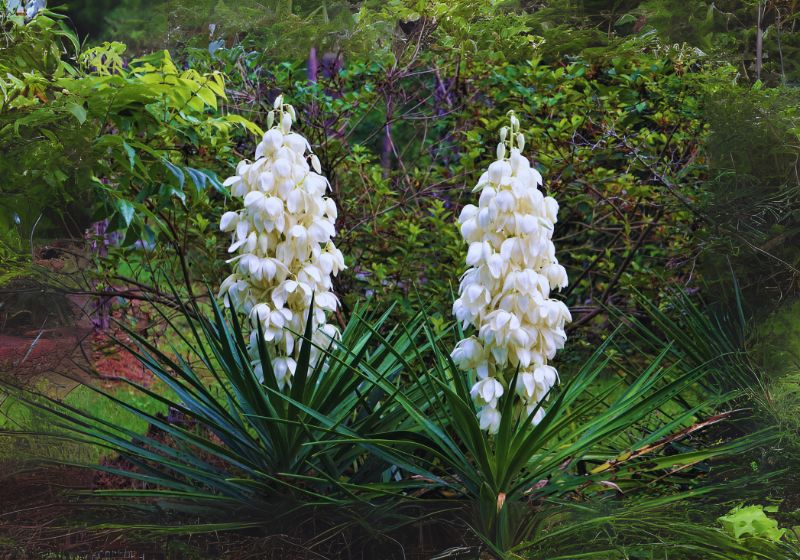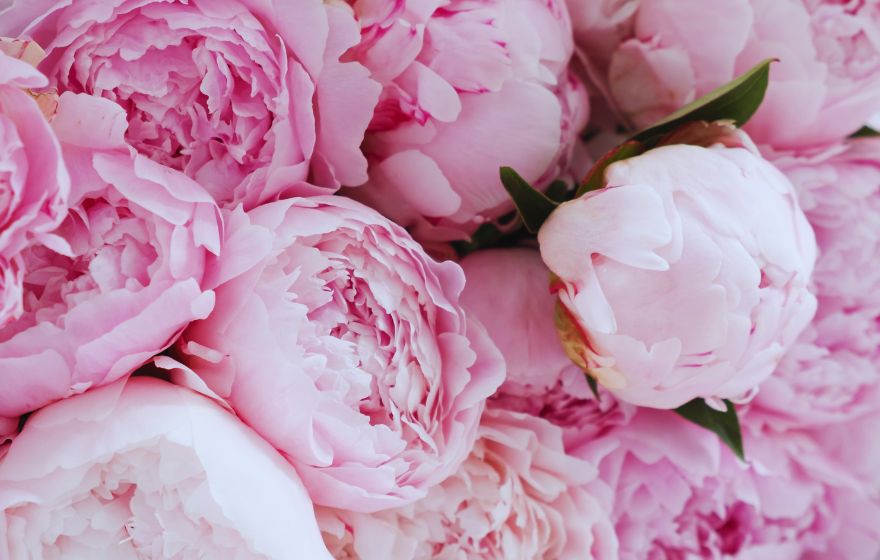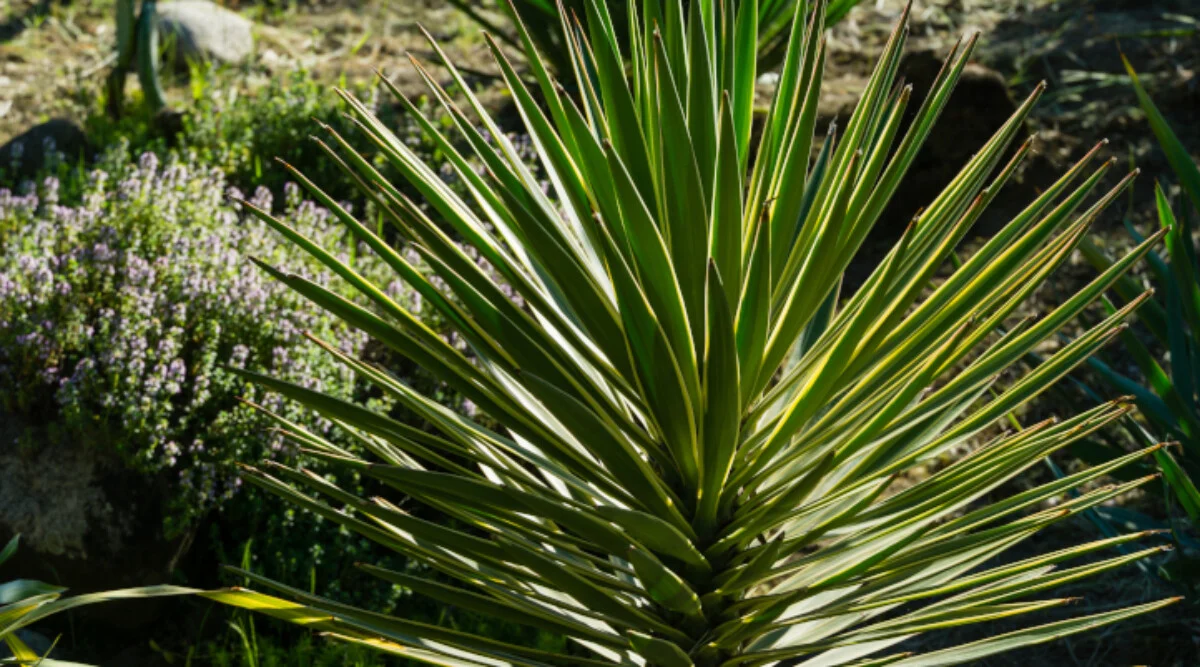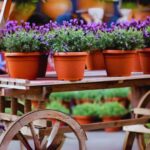Comprehensive Guide to 15 Types of Yucca Plants
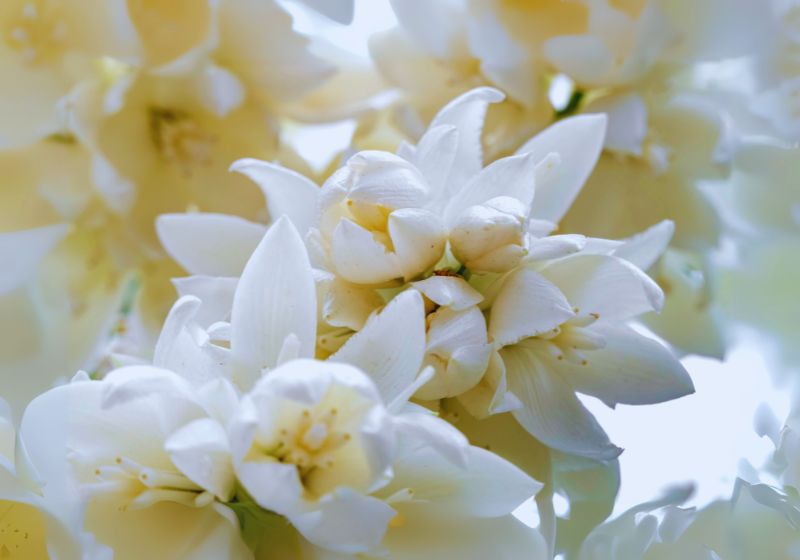
Yucca plants are famous for their structural ornamental value, tenacity, and versatility. Originally found in the desert regions of the globe, these plants are commonly used in gardening and interior design now, because of their ability to withstand long periods of drought, and they add a uniqueness to the environment. This guide explores the 15 most common species and varieties of yucca plants while highlighting what will help the plant thrive.
Types of Yucca plants
Yucca Filamentous (Adam’s Needle)
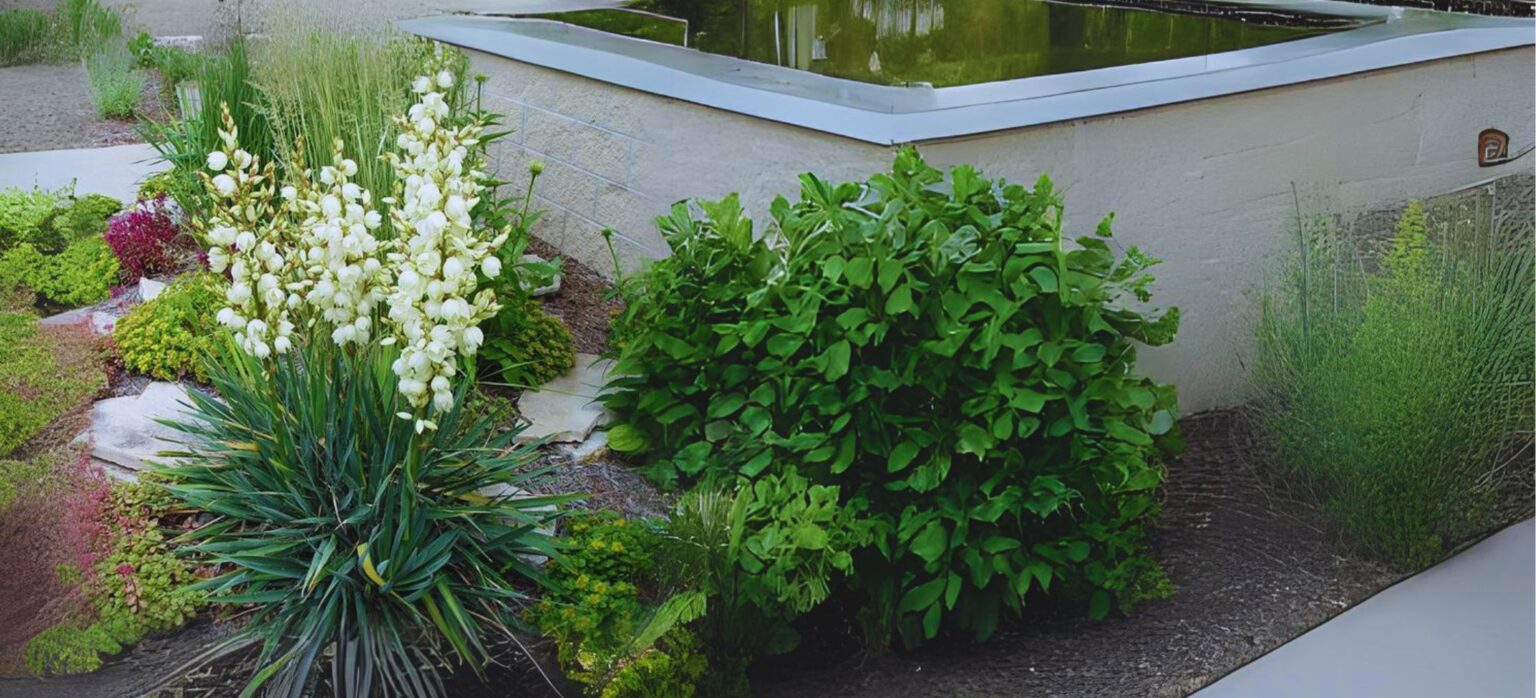
Characteristics
- Height: 2-3 feet (60-90 cm)
- Leaves: This is sword shaped, blue-green with curly filamentous margins.
- Flowers: It has bell shaped, creamy white flowers on its erect stem.
Growing Conditions
- Is adapted to well-drained type of saliferous sandy soil.
- Grows well when planted under full suns but is suitable to areas with slightly less sun exposure.
- Hardy in USDA zones 4-9
Yucca Elephantine’s (spineless yucca)
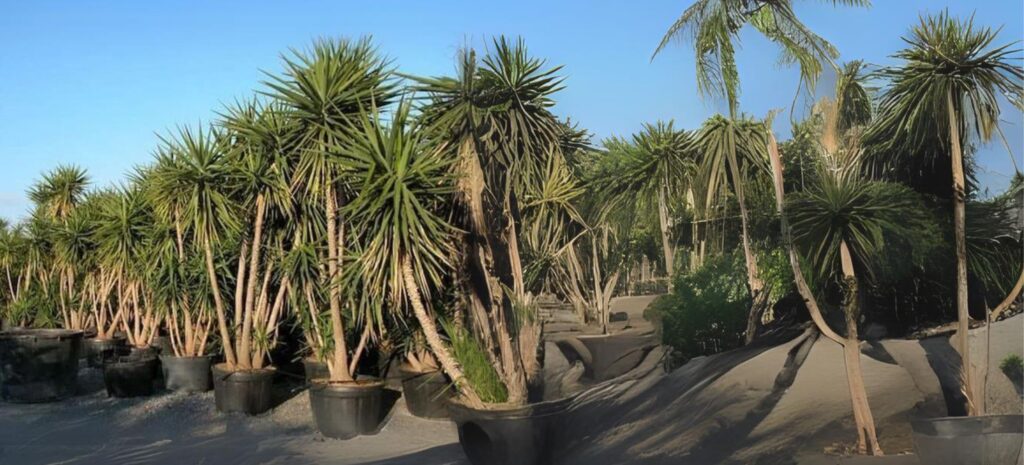
Characteristics
- Height: This feature can go up to 30 feet (9 m) in an outdoor environment.
- Leaves: Long, flexible, and spineless
- Flowers: Large white clusters
Growing Conditions
- Ideal as a houseplant in pots
- Should be placed in bright, indirect light indoors
- Hardy in USDA zones 9-11
Yucca Gloriosa (Spanish Dagger)
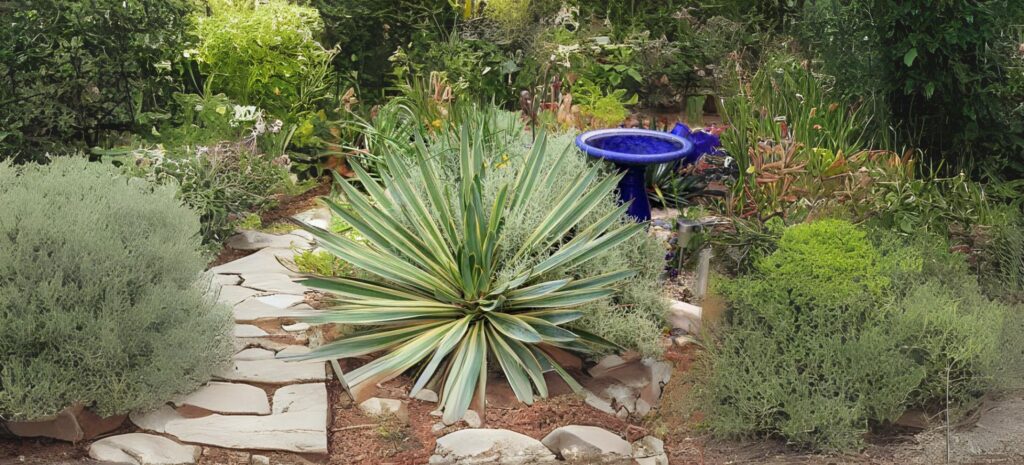
Characteristics
- Height: 8-10 feet (2.4-3 m)
- Leaves: Stiff, spiny, with purple slender blackish green.
- Flowers: Purple-tinged white blooms
Growing Conditions
- Favors loose, sandy, well drained soil
- Thrives in full sun
- Hardy in USDA zones 6-11
Yucca Rostrata (Beaked Yucca)
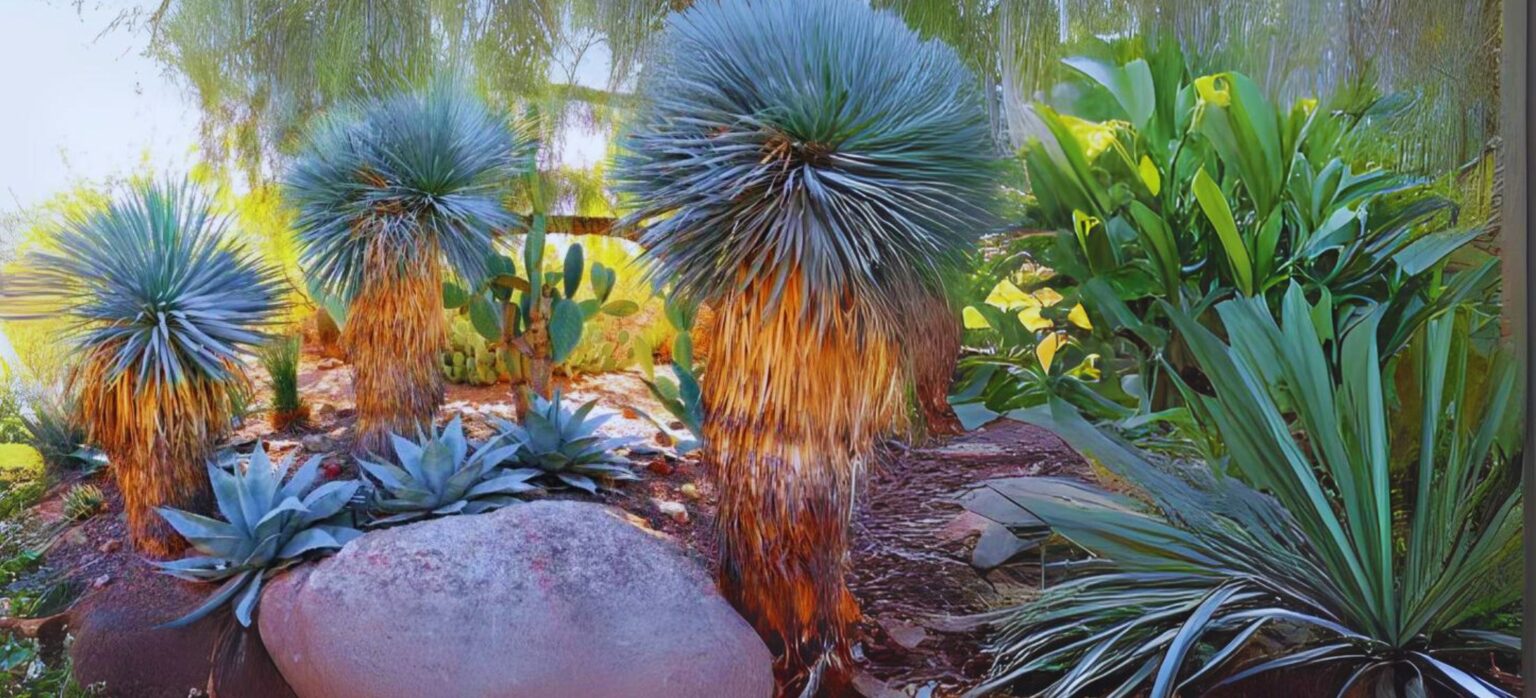
Characteristics
- Height: 10-15 feet (3-4.5 m)
- Leaves: Narrow, stiff, blue-gray
- Flowers: Off white colored, growing in large numbers on tall, elongated bracts.
Growing Conditions
- Needs light, well-drained but moist soil or equates to fertile sandy loam.
- Thrives in full sun
- Hardy in USDA zones 5-10
Yucca Agliophobia (Dagger Plant)
Characteristics
- Height: 10-20 feet (3-6 m)
- Leaves: Stiff, pointed, dark green
- Flowers: Bell shaped : creamy white with purple tinges
Growing Conditions
- Grows in sandy or loamy soil
- Favored sun exposure includes full sun exposure to partial shade.
- Hardy in USDA zones 7-11
Yucca Whipple (Lord’s Candle)
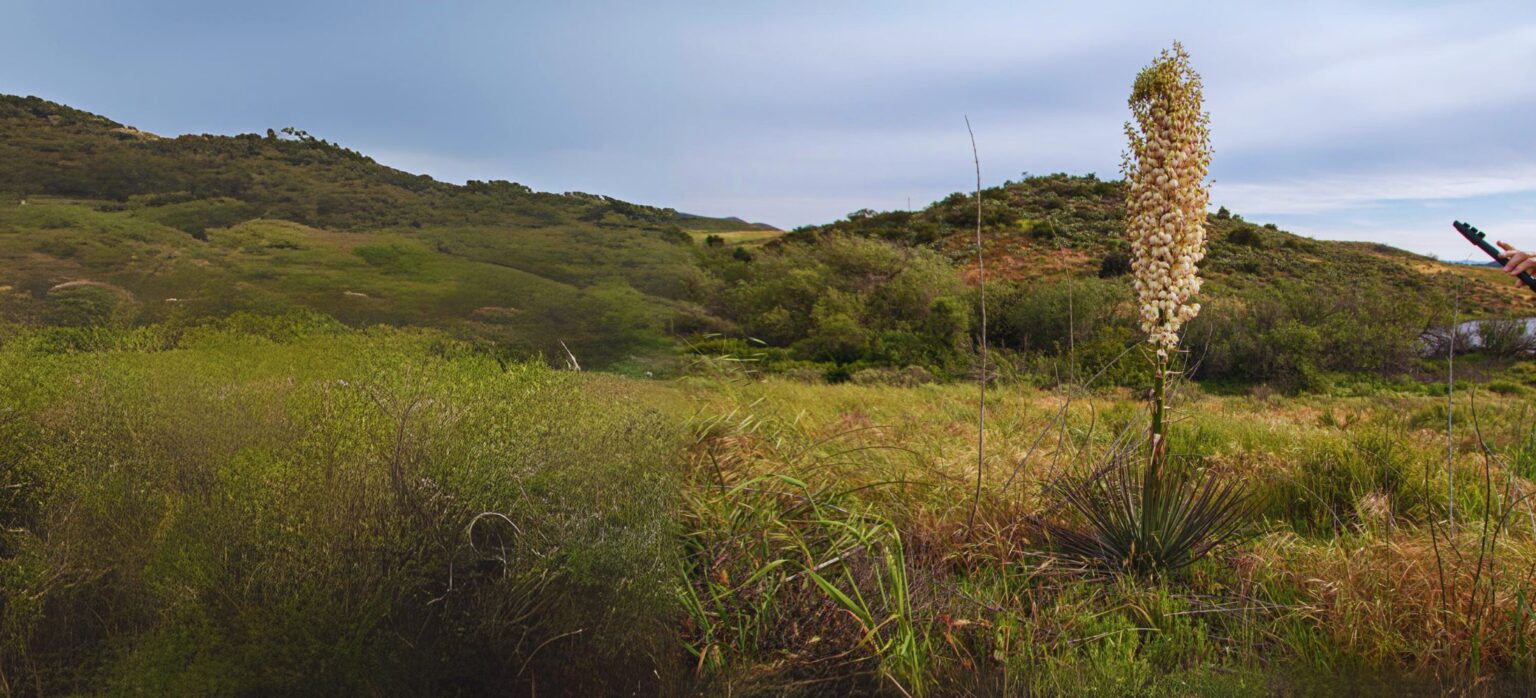
Characteristics
- Height: Rosette up to 3 feet (90 cm)b; floral stem up to 15 feet (4.5 m)
- Leaves: Sharp, gray-green, and rigid
- Flowers: Large cream-colored blooms
Growing Conditions
- Must be grown in well-drained soil that is dry.
- Thrives in full sun
- Hardy in USDA zones 6-10
Yucca Brevifolia (Joshua Trees)

Characteristics
- Height: 15-40 feet (4.5-12 m)
- Leaves: Cut hair, Chinese number 2, bright green, pointed on the tips
- Flowers: Greenish-white
Growing Conditions
- Native to the Mojave Desert
- Prefers arid, sandy soil
- Hardy in USDA zones 6-8
Yucca Rigida (Blue Yucca)
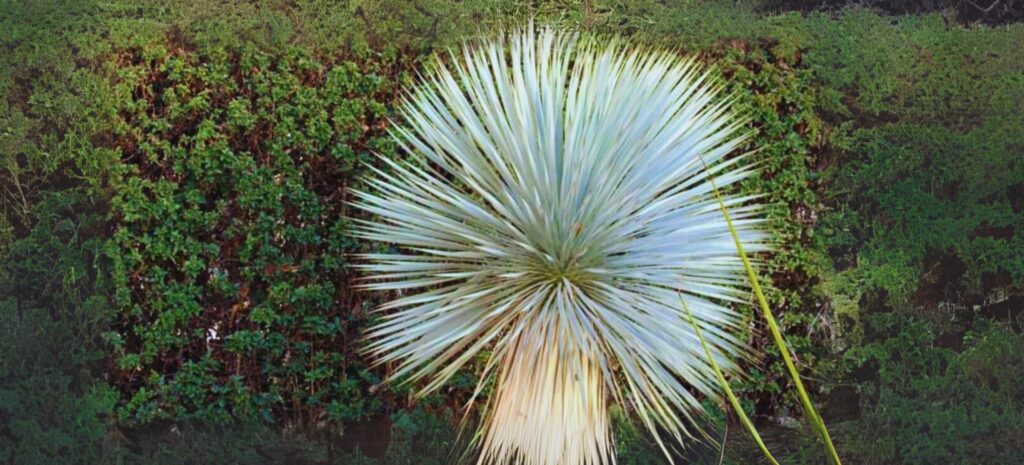
Characteristics
- Height: 10-15 feet (3-4.5 m)
- Leaves: Stiff, powdery blue
- Flowers: Creamy white
Growing Conditions
- Thrives in full sun
- It has to grow in well-drained, sandy soil.
- Hardy in USDA zones 7-11
Yucca Harrimaniae (Spanish Bayonet)

Characteristics
- Height: 1-2 feet (30-60 cm)
- Leaves: Narrow, dark green
- Flowers: Creamy white
Growing Conditions
- It grows in rock crevices, prefers well-drained soil
- Thrives in full sun
- Hardy in USDA zones 5-8
Yucca Shadier (Mojave Yucca)

Characteristics
- Height: 5-15 feet (1.5-4.5 m)
- Leaves: Long, sharp-edged
- Flowers: Bright greenish-white in color with shades of purple.
Growing Conditions
- It grows in preference on arid well-drained soils
- Thrives in full sun
- Hardy in USDA zones 6-8
Yucca Desmidian

Characteristics
- Height: 2-4 feet (60-120 cm)
- Leaves: Arching, purple-tinted
- Flowers: Creamy white
Growing Conditions
- This tree desires sandy well drained soil.
- Thrives in full sun
- Hardy in USDA zones 7-11
Yucca Flaccid (Weak-Leaf Yucca)

Characteristics
- Height: 2-3 feet (60-90 cm)
- Leaves: Soft, drooping
- Flowers: Cream-colored, bell-shaped
Growing Conditions
- Grows well in either sand or loamy soil.
- Requires full sun
- Hardy in USDA zones 4-9
Yucca Baccate (Banana Yucca)
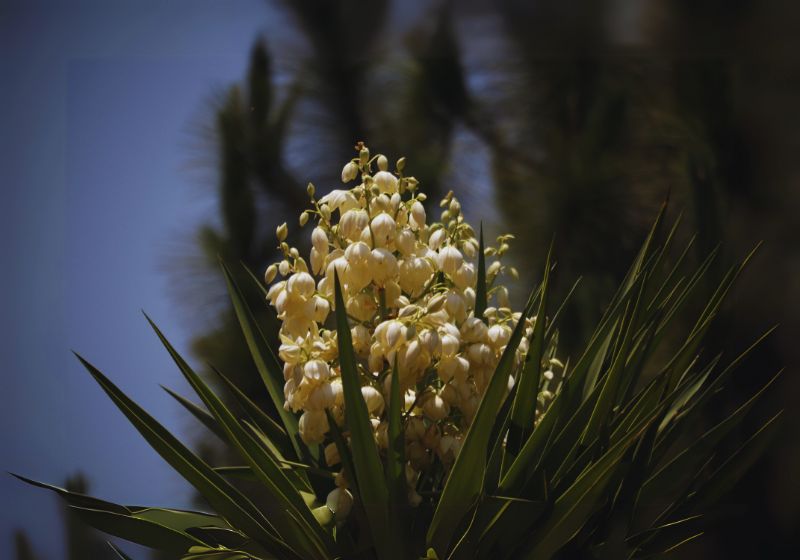
Characteristics
- Height: 2-3 feet (60-90 cm)
- Leaves: Thick, blue-green
- Flowers: Lavender dusted cream colored
- Special Feature: The fruit they eat is very much like bananas but they can eat it.
Growing Conditions
- Requires well-drained soil
- Thrives in full sun
- Hardy in USDA zones 5-8
Yucca Thomsonianism (Thompson’s Yucca)
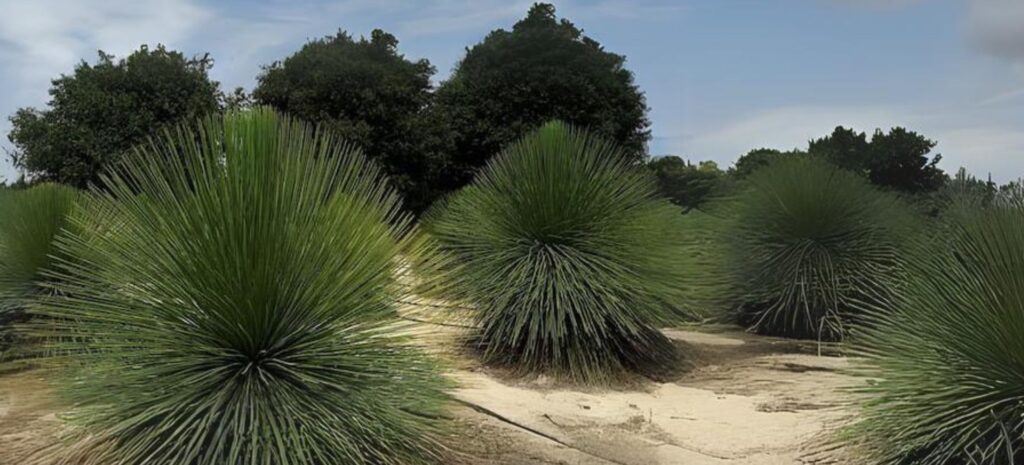
Characteristics
- Height: 10-15 feet (3-4.5 m)
- Leaves: Stiff, blue-green
- Flowers: Creamy white on tall spikes
Growing Conditions
- Prefers arid, rocky soil
- Thrives in full sun
- Hardy in USDA zones 6-11
Yucca Recursively (Curve-Leaf Yucca)
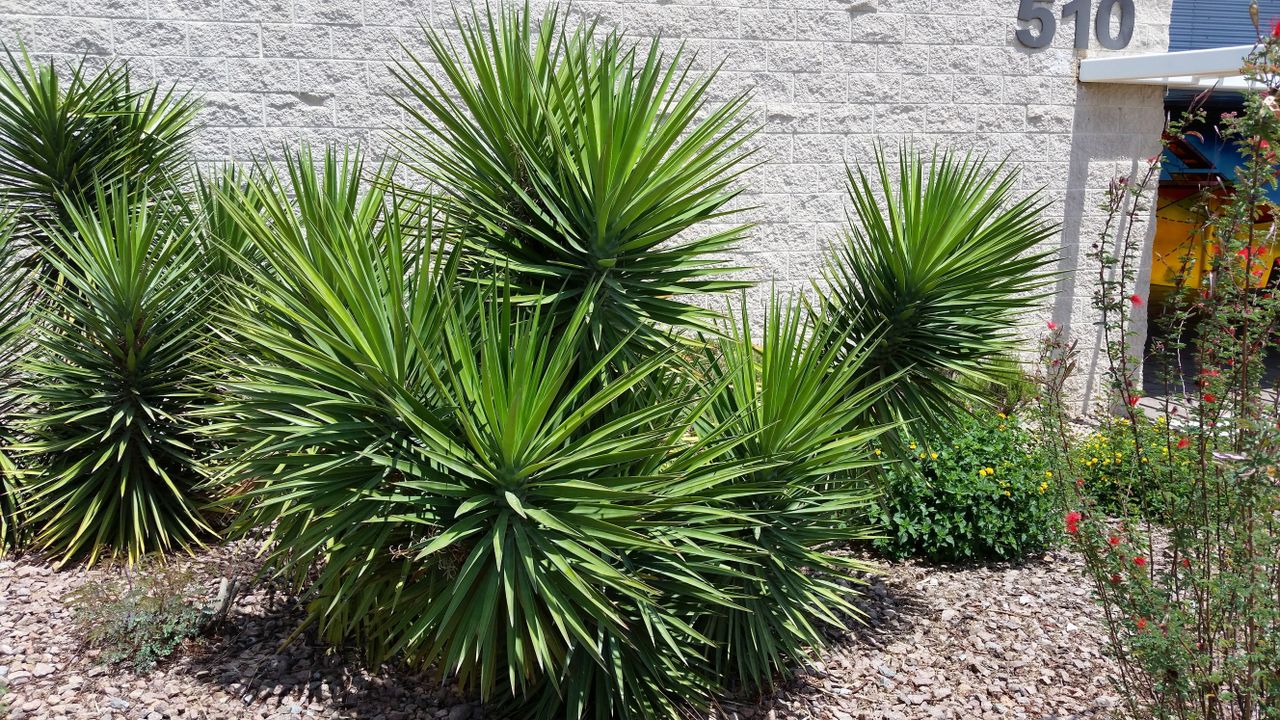
Characteristics
- Leaves: Soft, arching, blue-green
- Flowers: Bell-shaped, creamy white
Growing Conditions
- Prefers sandy or loamy soil
- Requires full sun to partial shade
- Hardy in USDA zones 6-10
General Care Tips for Yucca Plants
- Soil: Many yucca valley species are found to prefer a soil condition that is sandy and permeable to water. Avoid waterlogging.
- Light: All species require full sun while some can be grown in partially shaded areas.
- Watering: Water the plant and then allow the soil to get dry before the next watering. The consequence of over watering is root rot.
- Temperature: Yuccas are well adapted for proper growth in comparatively high temperatures, and the temperature of the air in which they grow depends on the variety of yuccas.
- Fertilizer: During the growing season feed sparingly using a balanced fertilizer.
Common Uses of Yucca Plants
- Landscaping: This plant is perfect for xeriscaping or low water-use landscaping for gardens.
- Indoor Decor: Some of the spineless types, such as the Yucca Elephantipes, are ideal for use as houseplants.
- Medicinal Uses: Of the species used some have been employed in traditional medicine due to their ability to address inflammation.
- Culinary Uses: Some of these species’ fruits and flowers are palatable
This guide just proves how useful and awesome the yucca plant is in the eyes of most homeowners. If well taken care of, these beautiful plants will add beauty to your garden or even your interior spaces .
Benefits of Yucca Plants
Yucca is very decorative and at the same time possesses a wide range of uses, that is why yucca should be grown both indoors and outdoors.
Low Maintenance
Yucca plants are very resilient and do not demand attention, they grow almost anywhere, even with a little water. This makes them perfect to be given to those who have little time to attend to their gardens or to the new plant parents.
Drought Tolerance
Yuccas come from deserts, and as such, are very conservative of water and therefore good for xeriscaping and any other kind of environmental horticulture.
Air Purification
Thus, it is purifying the air we breathe indoors since yucca plants take in the unhealthy gases, and emit oxygen into the rooms.
Versatility
Yucca plants come in a variety of sizes and forms, so it will always find a place in the interiors, ranging from minimalist to country or tropical style. These can be used for making statements, for creating privacy like hedging or for placing on patios or indoors in containers.
Erosion Control
The spread and large root system of yucca plants provide the capability of protecting the soil against erosion, and also enrich the soil in areas of low fertility.
Edible and Medicinal Uses
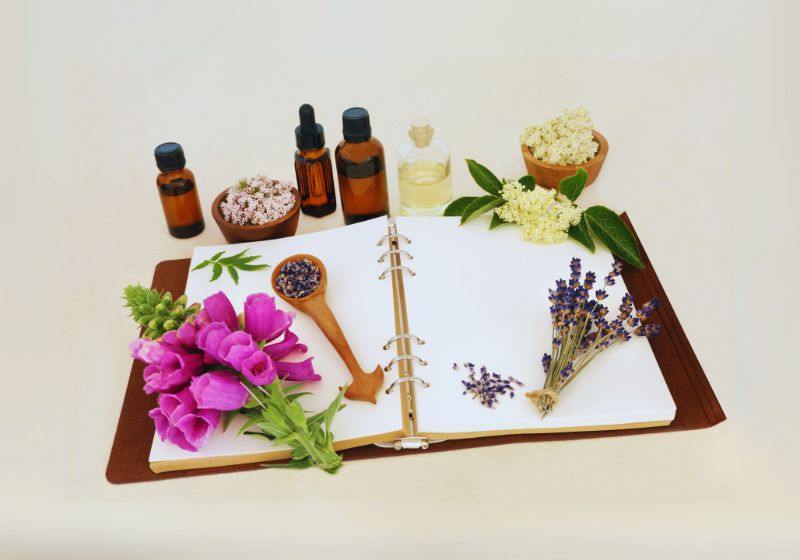
Certain varieties of the yucca plant that have been categorized under the genera Yucca, can be consumed, this include the flowers, fruits and even the root of Yucca filaments In natural medicine, some parts of this plant had been used especially in cases of pains and inflammation of joints.
Wildlife Support
Yucca plants have a strong quality of drawing pollinating insects such as moths, butterflies and bees encouraging a good environment. It’s also approve for numerous small animals due to its bulky foliage. If you are interested in low maintenance plants, an impressive accent in your backyard, or a nice touch of green in your interior, there is a yucca for that.
Longevity and Durability
Yuccas are slow-growing and slow-maturing, well adapted to pests and diseases that add ageless elegance to gardens with little care.
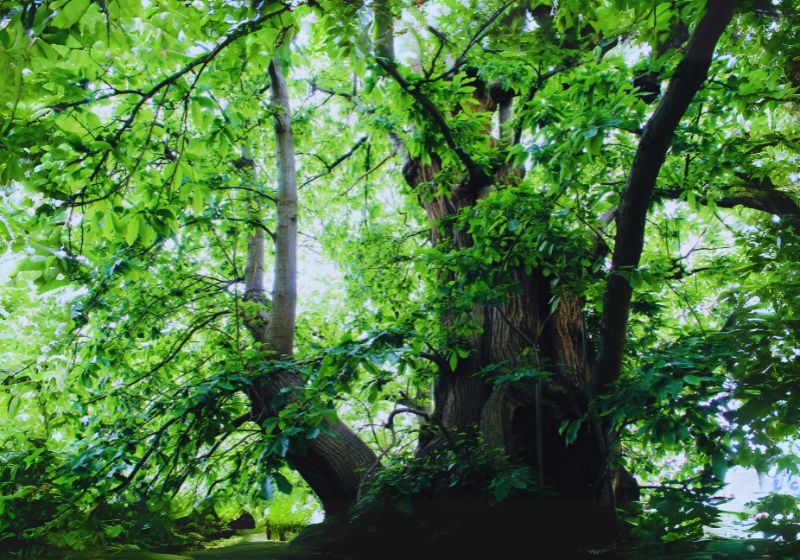
In choosing yucca plants one is assured of having opted for simple, renewable, and elegant home and garden requirements.
Conclusion
Yucca originates from a very large number of species of plants, or more properly, succulent species, which combine architectural qualities and endurance, which makes them highly valued by horticulturalists and plant lovers.
It ranges from the giant Yucca tea, ideal for making big statements to the small Yucca elephantine ideal for interior decoration. If you are interested in low maintenance plants, an impressive accent in your backyard, or a nice touch of green in your interior, there is a yucca for that.
Knowing these differences makes a difference in the way they are handled and thus make beautiful plants as they are. As drought-tolerant plants with impressive textures and uses in modern and conventional designs, yuccas still continue to be favorites in the sea. Explore their life, try these varieties, and turn your environment into a strong and fascinating place with these plants.
Read More: Discover Yucca Valley, CA: A Hidden Gem in the Desert


 English
English 

